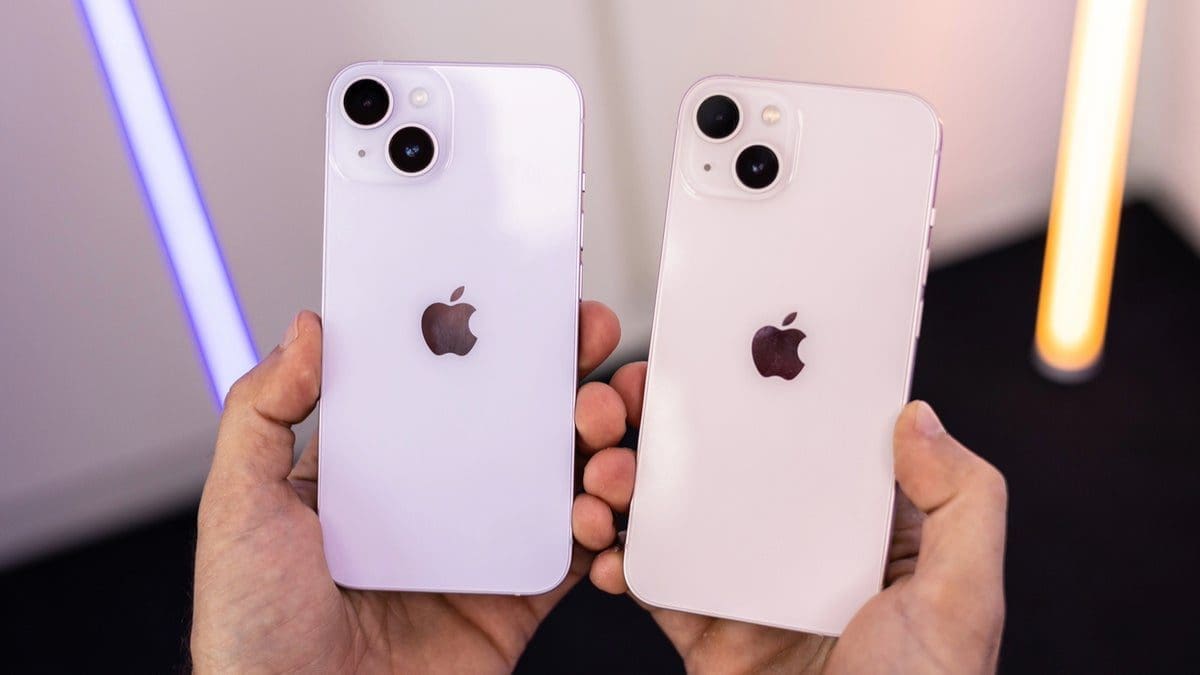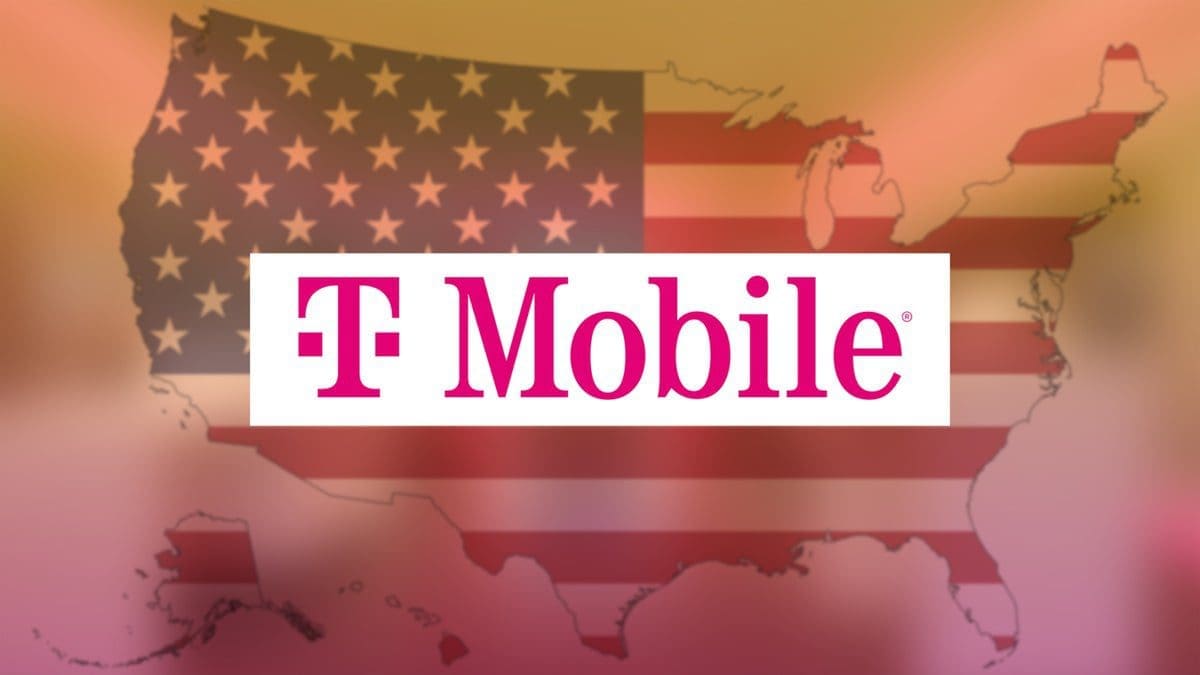Bell Coverage Map: Everything You Need to Know
Bell is one of Canada’s largest wireless carriers, providing coverage to over 99% of the population. With a nationwide network, Bell offers 5G coverage to 70% of Canadians, primarily in metropolitan areas. In this guide, we’ll break down Bell’s coverage map, compare it to competitors like Telus, Rogers, and Freedom Mobile, and provide you with plans from Bell MVNOs to help you save on your monthly bill.
Bell Coverage at a Glance
Bell has a 4G LTE network that covers 36% of Canada’s land mass and reaches over 99% of the population. Their 5G network is available to over 70% of Canadians and continues to expand.
What We Love:
- Wide coverage reaching over 99% of Canadians.
- Expanding 5G network.
What Could Be Improved:
- Limited coverage in remote areas.
Bell Coverage Map
The Bell coverage map extends to over 99% of Canadians, with 70% of the country receiving 5G speeds. Although the network covers only 36% of the country’s land mass, this is in line with other major carriers in Canada. To check if Bell service is available in your neighborhood, use the interactive map below.
Bell 5G Coverage
Bell’s 5G network is the fastest mobile network in Canada, according to a recent study. It is available to over 70% of Canadians, with coverage primarily in urban areas. Bell offers various 5G cell phone plans, including the Ultimate 50GB Canada-US Plan and the Ultimate 150GB Canada-US Plan. For more information, check out the most popular Bell 5G phone plans below.
Compare Bell Coverage: Telus, Rogers, and Freedom Mobile
To see how Bell’s coverage compares to other major wireless networks in Canada, let’s take a look at the numbers:
Bell vs. Telus Coverage
Telus has the largest network in Canada, reaching over 99% of residents with their 4G LTE service. Telus and Bell share cell towers, allowing both carriers to build extensive networks while maintaining independence. Telus’ network covers 37% of the country’s land mass, slightly more than Bell’s. Check if Telus coverage is available near you using the interactive map below.
Bell vs. Rogers Coverage
The Rogers network is smaller than Bell’s in terms of land mass and reach, covering 28% of the map and 97% of the population. Rogers was the first carrier to launch a consumer 5G network in Canada, matching Bell’s coverage of 70% of Canadians. For a closer look at Rogers’ service in your area, check out the interactive map below.
Bell vs. Freedom Mobile Coverage
Freedom Mobile’s network is smaller than Bell’s, reaching 33% of Canadians with their 4G LTE service. They recently launched 5G coverage, which is available to 31% of Canadians. Freedom Mobile’s networks are primarily limited to major metropolitan areas, with partner networks providing coverage outside of their network. However, speeds on partner networks may be slower. Check if Freedom Mobile’s service is available near you using the interactive map below.
Bell Wireless Network Reliability
According to telecom research company Umlaut, Rogers has been named the most reliable wireless network in Canada for 2023. However, Bell received favorable ratings for network stability and low latency. Although Bell may rank below Rogers and Telus, customers can still expect reliable coverage across the Bell network. To find out more about Bell’s network reliability in your area, refer to our geographic coverage guides below.
Bell MVNOs
Bell owns and operates three MVNOs on its nationwide network, including Virgin Plus, Lucky Mobile, and PC Mobile. These MVNOs offer affordable access to the reliable Bell network. Check out the most popular plans from Bell MVNOs below.








